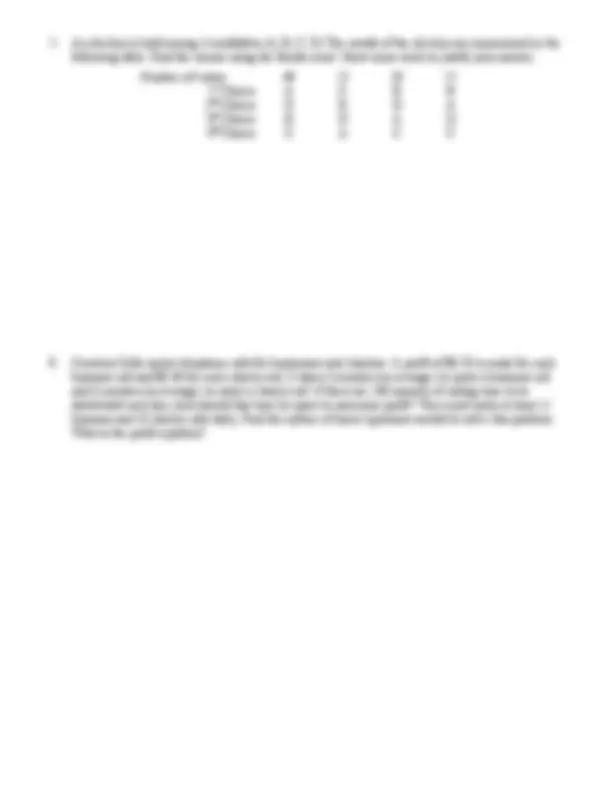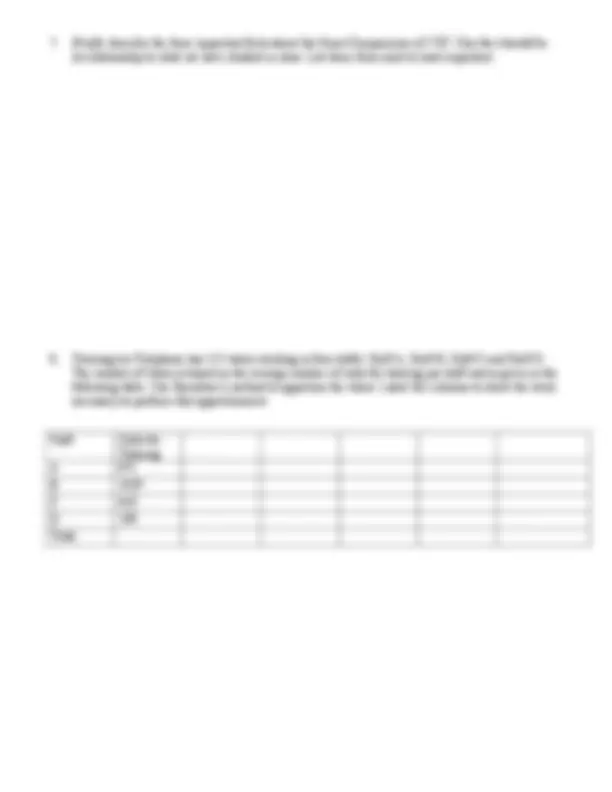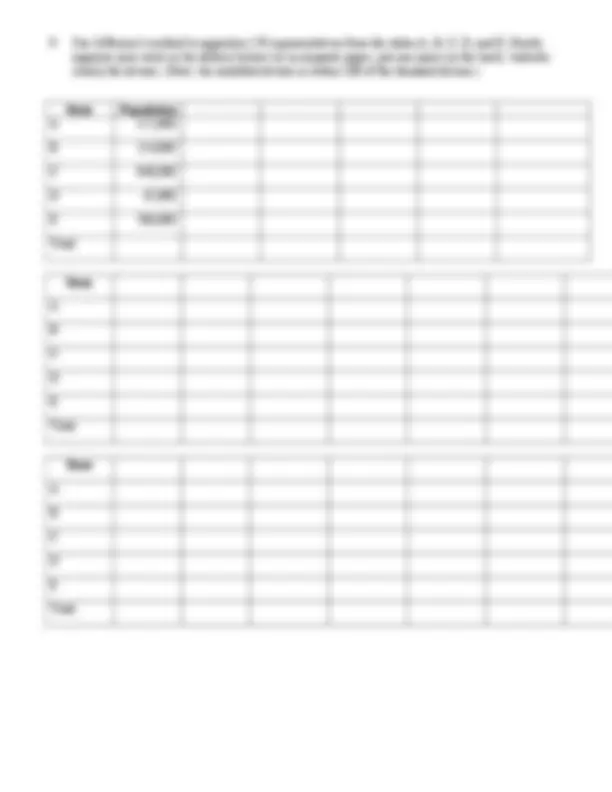





Study with the several resources on Docsity

Earn points by helping other students or get them with a premium plan


Prepare for your exams
Study with the several resources on Docsity

Earn points to download
Earn points by helping other students or get them with a premium plan
Community
Ask the community for help and clear up your study doubts
Discover the best universities in your country according to Docsity users
Free resources
Download our free guides on studying techniques, anxiety management strategies, and thesis advice from Docsity tutors
The solutions manual for exam 2a of mat 105 intersession 2001. It includes problems on finding the winner of an election using different methods (plurality, plurality-with-elimination, borda count), graphing equations, and apportionment using jefferson's and hamilton's methods. Students are expected to show their work and justify their answers.
Typology: Exams
1 / 6

This page cannot be seen from the preview
Don't miss anything!




Write your name on the back of this exam only.
Before you begin, make sure you have a complete exam. There are 10 problems. Skip around and completely work as many problems as possible. You must show all work on all problems. Each problem is worth a possible 10 points Partial credit will be given only for work that is part of a correct solution. Neatness counts.
0
y
x
y x
y x
. Neatness counts.
Shift Calls for Tutoring A 871
B 1029
C 610
D 190
Total
State Population A 112,
B 224,
C 848,
D 45,
E 586,
Total
State
A
B
C
D
E
Total
State
A
B
C
D
E
Total